An abundance of class types, a full class schedule, and state-of-the-art equipment.
Many wellness facilities believe this is what it takes to compete. They assume that adding everything from yoga to spin to their service menu and offering classes throughout the day (and evening) will help drive member satisfaction and retention.
But Warner Jenkins, founder and CEO of Nordic Wellness, has learned that this isn’t true.
Unlike many wellness entrepreneurs, he approached the market out of personal necessity with a strategic mindset informed by his MBA training. “I approached everything from the lens of a business plan and a strategy,” Jenkins explains. “We approached it very analytically.”
What he discovered is that volume doesn’t matter if sessions are completed by members in isolation. In the absence of a strong community, facilities are left to compete on price and convenience, risking commoditization that undermines retention and the longevity of their business.
The Essentials:
▶ Many wellness facilities focus on adding class types and new sessions, causing them to overlook a major driver of retention.
▶ By establishing a strong community through shared challenges and strategic programming, wellness facilities can improve member outcomes and loyalty.
▶ Community-building is urgent in the face of the broader epidemic of loneliness and isolation.
Alone together
Wellness facilities are missing out on a major opportunity to support the health and well-being of their members and their business.
Social connections are critical for holistic well-being, as they foster both physical and mental health. By building community through shared experiences, facilities can help their members forge deep relationships with fellow members and instructors. The bonds members form hold them accountable to their practice while at the facility, enabling them to reap the health benefits it offers, and also keep them coming back for more.
While services are replicable, community is irreplaceable, making it a key differentiator in what has become a highly saturated market. Yet, prevailing industry practices are actually impeding the formation of quality human connections.
Many facilities don’t design programs that encourage members to mix and mingle. Even in group sessions, people may be in the same room engaging in similar activities without meaningful interaction. Members show up, pop in their headphones, do their workout, and leave. No introductions and no acknowledgement of shared effort.
This isolation is only exacerbated by digital wellness solutions. Apps and virtual platforms may deliver content efficiently, but when used on their own, users don’t benefit from the physical shared spaces where community naturally develops. Meanwhile, the growing popularity of wearable technology is further disconnecting people from meaningful interaction and their own bodies. It’s causing members to fixate on personal metrics rather than connecting with the people around them.
“I think wearables have their place. I think they’re really valuable. But you can get in your head on the data,” Jenkins notes. “People need to start feeling more and being in tune with their bodies.” Acknowledging his philosophy on the matter, he says, “You are the product. You don’t need a wearable. You are the device.”

True wellness takes a village
To offer truly holistic services and drive retention, wellness facilities must prioritize community building.
Jenkins highlights that successful community-centered wellness programs rest on three key pillars: shared challenges, regular community touchpoints, and proactive programming.

Offer shared challenges
Successful wellness programs offer rigorous wellness practices as challenging activities that groups tackle together.
Jenkins has witnessed various organizations do this through cold plunging. “Studios, gyms, and corporations are buying cold plunging as something hard to do together,” he shares. As members guide each other through the challenge, they form deeper connections. This peer support also motivates them to push through when they might otherwise give up, improving their outcomes.
Integrating multiple modalities, such as cold plunging, breathwork, and heat therapy, adds to the challenge while simultaneously improving the holistic nature of the experience. “It’s a triangle: Breathwork, sauna, and cold plunge,” Jenkins reflects. “If you do those three, the contrast therapy is really powerful.”

Establish regular community touchpoints
Tackling a challenge once allows members to connect in a meaningful way. But they must repeat the experience time after time to ensure that the bonds last.
Wellness facilities should establish consistent programming that brings the same group together on a regular cadence. Ongoing opportunities to face challenges and celebrate progress allow a group of individuals to evolve into a lasting community.
The impact of community on long-term wellness can’t be overstated. Jenkins highlights that blue zones, areas of the world where people tend to live longer and healthier lives, share a major characteristic: they’re community-centric. “If you look at the blue zones around the world, the number one overlapping kind of commonality is that they all have a very tight community,” he observes.

Be proactive, not reactive
To maximize the effectiveness of community-driven programs, facilities should also promote proactive participation.
While practices like cold plunging, breathwork, and heat therapy can serve as valuable recovery methods, they have the potential to help members achieve so much more. Facilities should encourage members to participate to get ahead of physical injury and mental burnout.
For example, Jenkins and the Nordic Wellness team work with universities to offer combined breathwork and cold plunge sessions as proactive stress management tools for students. This allows them to build resilience that can help prevent academic pressure from becoming overwhelming.
Want to learn more about our work with universities? Take a look at this blog post.
It’s time to come together, for real
By putting these pillars in place, facilities can lay the foundation for truly effective community-driven programs.
When this happens, members achieve better results because they have like-minded people pushing and supporting them. They also form deeper relationships in the process, which tie them more closely to a specific facility than factors like price or convenience ever could.
Building community has always been important, but it is proving to be particularly crucial right now, given the broader epidemic of loneliness and isolation in the US. “One of the biggest things that we are lacking right now as a country is community,” Jenkins says.
Wellness facilities are well-positioned to help address the problem. Community-focused facilities can establish themselves as critical components of our social infrastructure, allowing their members and businesses to thrive.

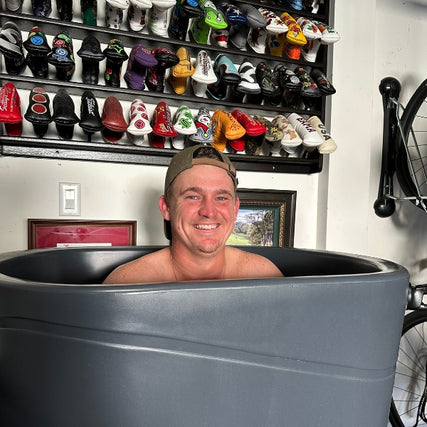



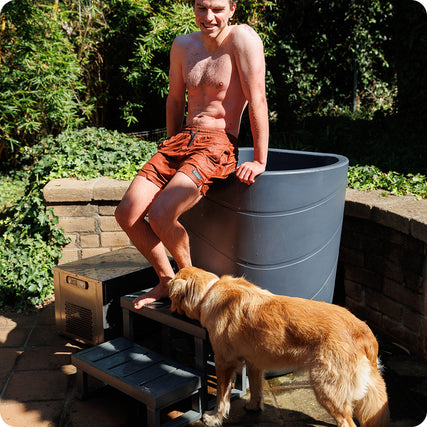
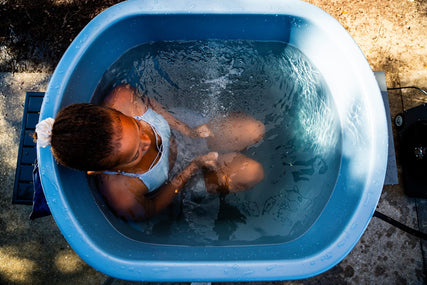


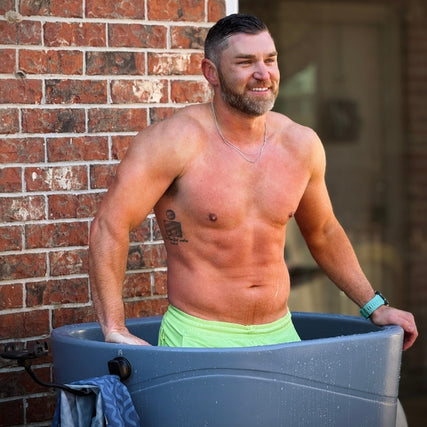

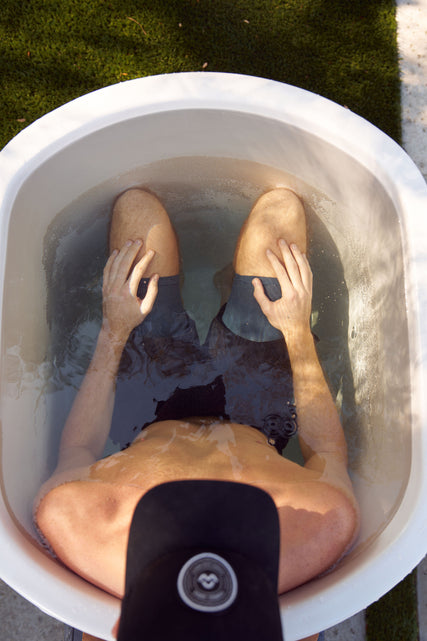

Share:
How a Studio Owner Retains 70% of Members Through Holistic Programs
Your HSA/FSA Just Got Way More Useful